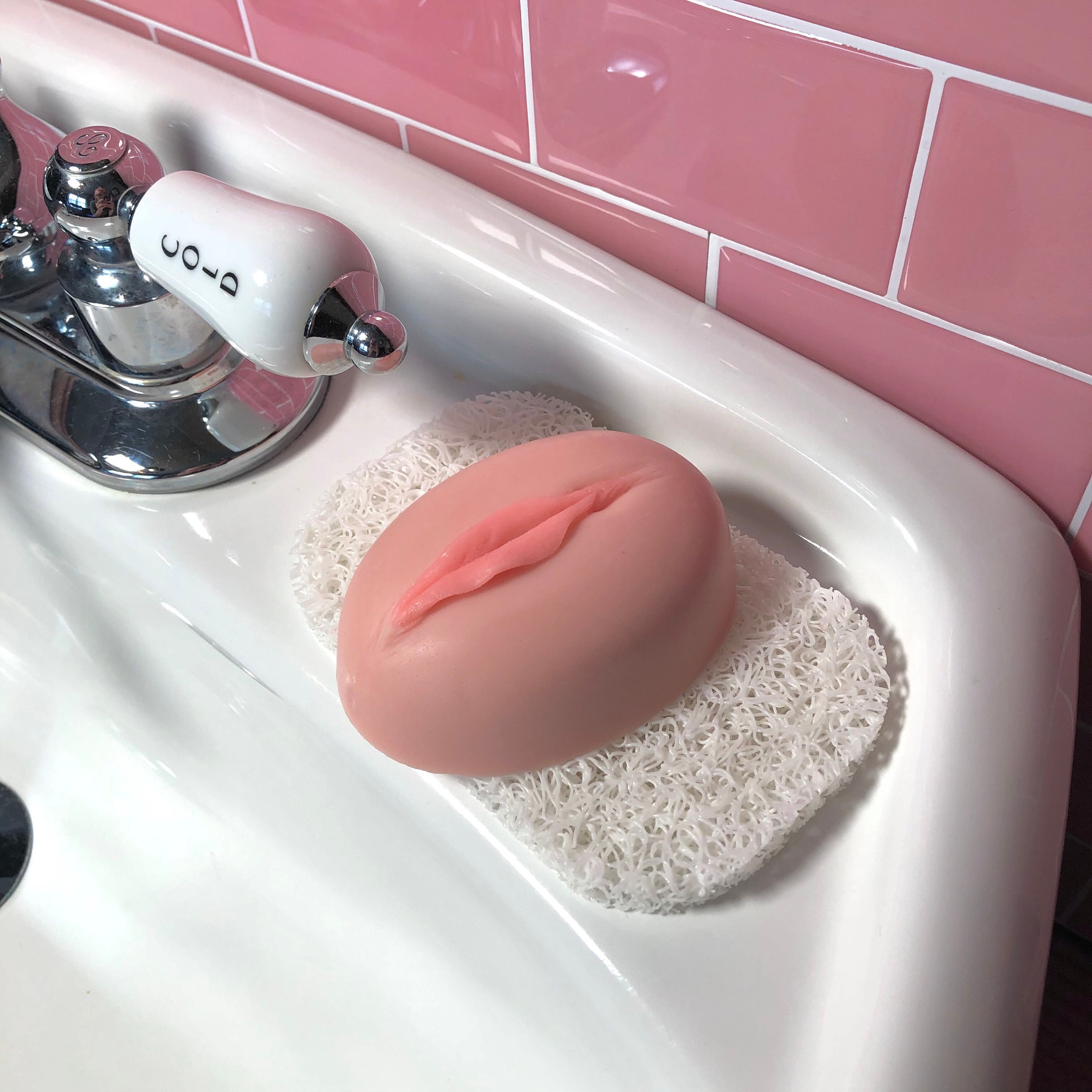

The rounded base of the glans is called the corona. The area on the underside of the penis, where the foreskin is attached, is called the frenum, or frenulum.
#Vagina shapes naked gallery skin#
The enlarged and bulbous-shaped end of the corpus spongiosum forms the glans penis with two specific types of sinusoids, which supports the foreskin, or prepuce, a loose fold of skin that in adults can retract to expose the glans.

The proximal parts of the corpus spongiosum form the bulb of penis and the distal ends form the glans penis. The corpus spongiosum is an erectile tissue surrounding the urethra. The crus of penis is the proximal parts of the corpora cavernosum. The corpus cavernosum forms most of the penis and contains blood vessels that fill with blood to help make an erection. The human penis is made up of three columns of tissue: two corpora cavernosa lie next to each other on the dorsal side and one corpus spongiosum lies between them on the ventral side.
#Vagina shapes naked gallery free#
The epithelium is not attached to the underlying shaft so it is free to glide to and fro.


Most of the penis develops from the same embryonic tissue as the clitoris in females. It is a passage both for urination and ejaculation of semen ( see male reproductive system). The urethra traverses the corpus spongiosum, and its opening, the meatus ( / m iː ˈ eɪ t ə s/), lies on the tip of the glans penis. The human male urethra passes through the prostate gland, where it is joined by the ejaculatory duct, and then through the penis. The body of the penis is made up of three columns of tissue: two corpora cavernosa on the dorsal side and corpus spongiosum between them on the ventral side. The main parts are the root (radix) the body (corpus) and the epithelium of the penis including the shaft skin and the foreskin (prepuce) covering the glans penis. In human anatomy, the penis ( / ˈ p iː n ɪ s/ PL: penises or penes from the Latin pēnis, initially "tail" ) is an external male intromittent organ that additionally serves as the urinary duct.


 0 kommentar(er)
0 kommentar(er)
